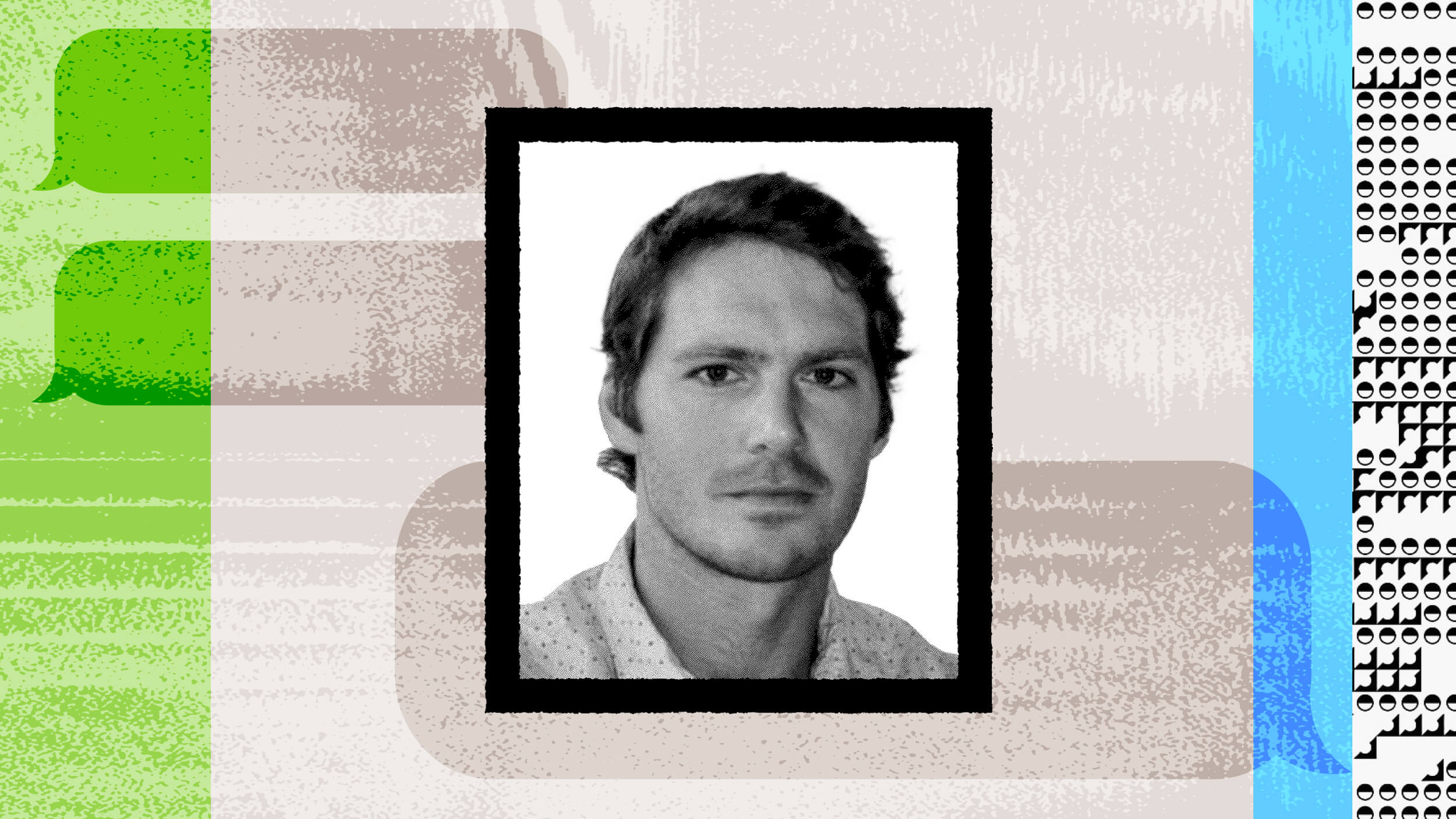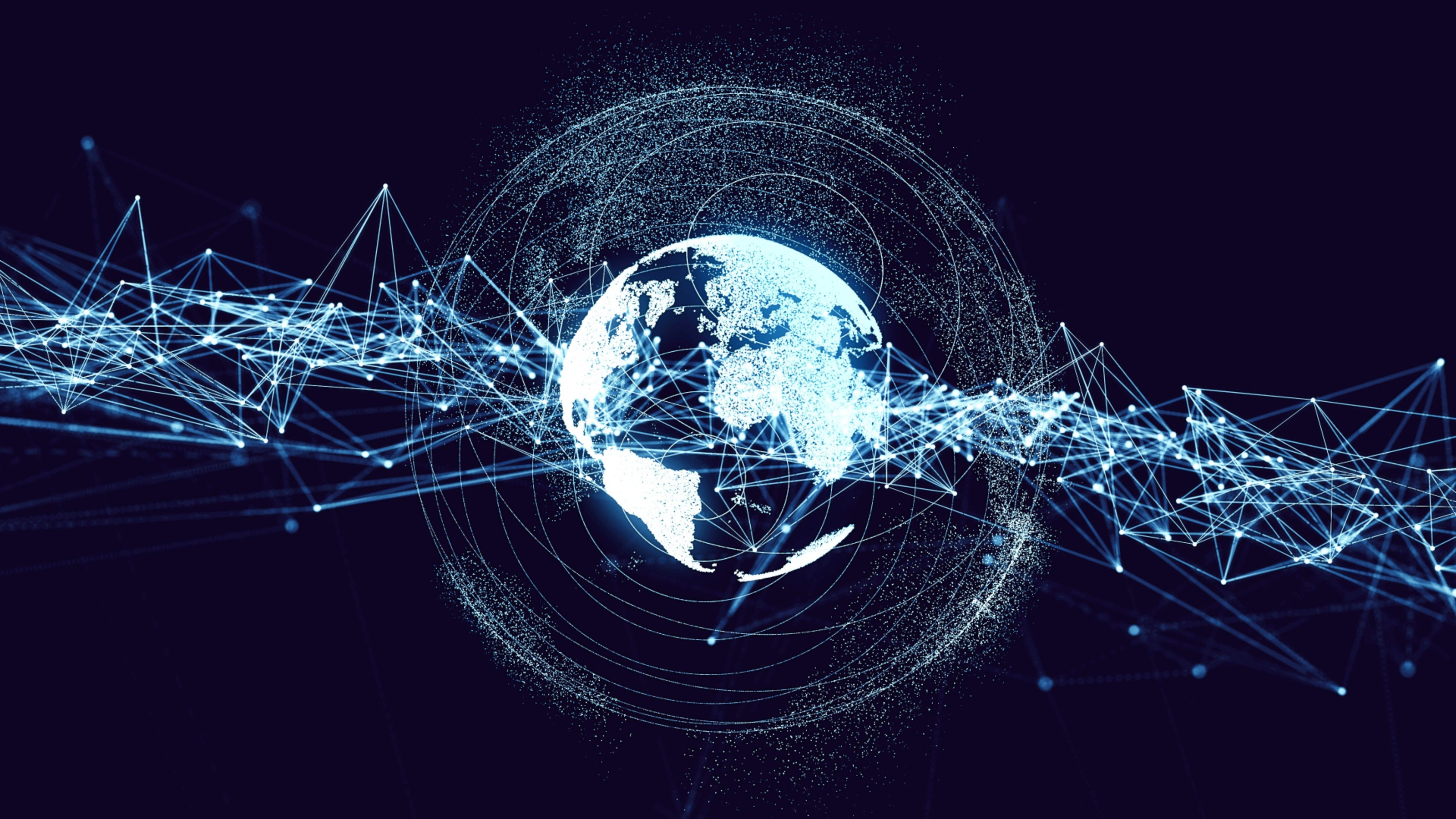Shashi Tharoor talks about how we see ourselves as a global citizens and how Americans are challenged in this regard.
Question: Who are we?
Shashi Tharoor: Well to me the biggest idea that matters – and I spoke about this at the Aspen Ideas Festival a year or two ago – is pluralism. And I mentioned that already. To me, the notion that we are a plural and diverse world and we have to live together is fundamental and real. I would be hypocritical to suggest that is an idea that has shaped the world as a whole. It hasn’t. It’s perhaps shaped India. It’s shaped the U.S. It’s shaped one or two African countries where there are lots of different tribes. But most parts of the world, in fact, have been shaped by very different forces. A strong sense of religious faith; the need for unity around a . . . a set of beliefs, whether it’s religion as in the medieval Christendom, or ideology as in 20th century Communism. That need for people to be united around one set of beliefs has often been a stronger force in history than the “live and let live” co-existence in pluralism that is my lodestar. And I acknowledge that. I recognize that, you know, as a student of history – I did my undergraduate honors degree in history – I have to accept that . . . that the world hasn’t always involved in the way in which I would have liked it to. And sadly a lot of history has been shaped by fear and hatred. Fear of the other; fear of what the other will do to you; and fear of what may be done to you in your perception. And rage – rage at what the other has done. And . . . and . . . and . . . and then finally an incomprehension across the various gulfs that have separated human beings – gulfs of religion, of race, of appearance, of distance, or language. So to me, a lot of human civilization is about overcoming those things. It’s about seeing fear in context – learning to see others . . . see yourself as others see you, and others as they would like to be seen. Breaking down those barriers of incomprehension which can only come through extensive education, and communication, and awareness of people who are different from you. The sad thing, I think, about America’s media reality is how little it prepares Americans to live in the world. You turn on a program called World News Tonight and you get 29 minutes of . . . of American news. I find European friends saying, “That’s supposed to be world news?” And the fact is that if you go to Europe or India for that matter, you won’t see a lot more of America than Americans ever see of Europe or India. And it’s . . . it’s a shame that . . . that that happens. And particularly now in our present media environment where people with specialized interests can focus just on those interests and everything else gets knocked out, the general media impact of a . . . an insular view of the world is that it will deprive people who are not sufficiently focused on other sources of information . . . it will deprive them of the opportunity to understand how the rest of the world lives.
Question: What are the biggest misconceptions of India?
Shashi Tharoor: Well there . . . there’s about three different sets of misperceptions. The old one is, of course, the old cliché – the land of poverty, suffering, the begging bowl, the naked fakir on his bed of nails. I mean that . . . that . . . Those images of the snake charmer . . . that . . . That image of India, which I think is gradually being supplanted, but it has still a . . . a . . . a hold on the popular imagination because it was drilled into people’s minds and . . . and . . . and eyes for . . . for decades if not centuries. And that image is being gradually dispelled, I think, by the new India of . . . of software geeks and . . . and . . . and computer gurus. So maybe that’s changing, but that’s certainly one image that I’d like to dispel. The second image is perhaps the . . . the paradoxical one of the land that’s stealing away American jobs. There’s now an increasing sense of jobs being outsourced to Bangalore. You know people get laid off and they say, “I’ve been Bangalored.” In fact, India has only created one million IT jobs in the last 10 years. And during that time America has shed three million jobs. But each of those three million Americans is looking at those one million jobs in India and saying, “That’s my job.” So there is that . . . that sense of stereotyping and misunderstanding which I think needs to be dispelled both because it’s not true, but also because it plays into a very negative and unconstructive view of today’s globalization – which I think . . . which I think is worth . . . worth dispelling in the interest of Americans and Indians. And the third set of images is probably of exotic India – the land of Yoga and . . . and . . . and . . . and of course the movies of Bollywood. And the ashrams and retreats where people can go sit in the Himalayas and meditate. That sort of image got a boost really in the late ‘60s with the Beatles going off and learning transcendental meditation from ____________. And from then on, you’ve had the likes of Madonna and Goldie Hawn going off to India. You’ve heard Richard Gere discovering the Dalai Lama in India. You’ve had a set of certain . . . opening up to this spirituality and other worldly yearnings that come from Indian experience. Now that’s not a bad thing. In fact, each of these three stereotypes has some kernel of truth, and I don’t want to deny that. Poverty is real. There are 260 million Indians who live on . . . live on the wrong side of a poverty line that’s been drawn just this side of the funeral pyre. So that’s . . . It’s real, but it’s being overcome and the other India is sufficiently known. The . . . the . . . the . . . The second cliché as I said . . . Yes. Some jobs are being created in India that were lost in America, but it’s not the whole story. And third, on the exoticism, and the spirituality, and the other worldliness, that’s true too. We have more than our fair share of . . . of gurus, and “godmen”, and seekers of truth and so on. And we do have something to offer the people of what to look for – that kind of truth back in India. But having said that, it’s also true to say that India is, in many ways, not that different from any other country in the world. It’s full of people who are trying to make a living; give their kids a decent education; get three meals a day; put a roof over their heads; try and achieve some conventional aspirations in life, including financial and material security. And that aspect of India as a normal society, going beyond the clichés of the three kinds of stereotypes I described to you, is something that I would like people to be more conscious of. And I think in America, the increasing numbers of . . . of Indian Americans are now up to about three million in this country is beginning to change that for the better. Because when you see Indians are folks just like you – who dress like you, who talk like you, who work like you, but they’re Indian and they go back to families, or at least...at the very least ancestors and relatives in India – that changes the way that you think about India, too. And I think that’s been positive.
Recorded on: 9/18/07





